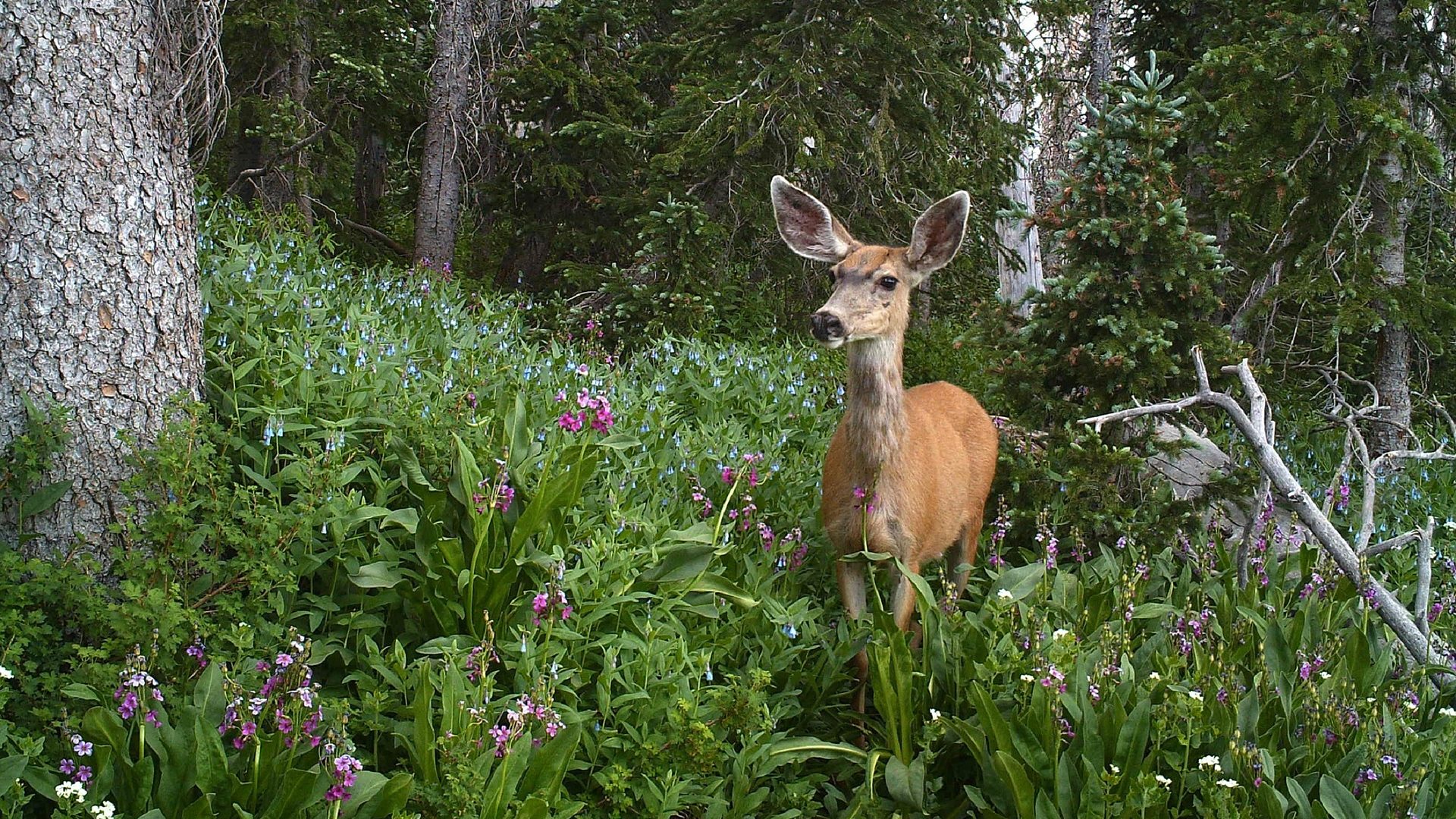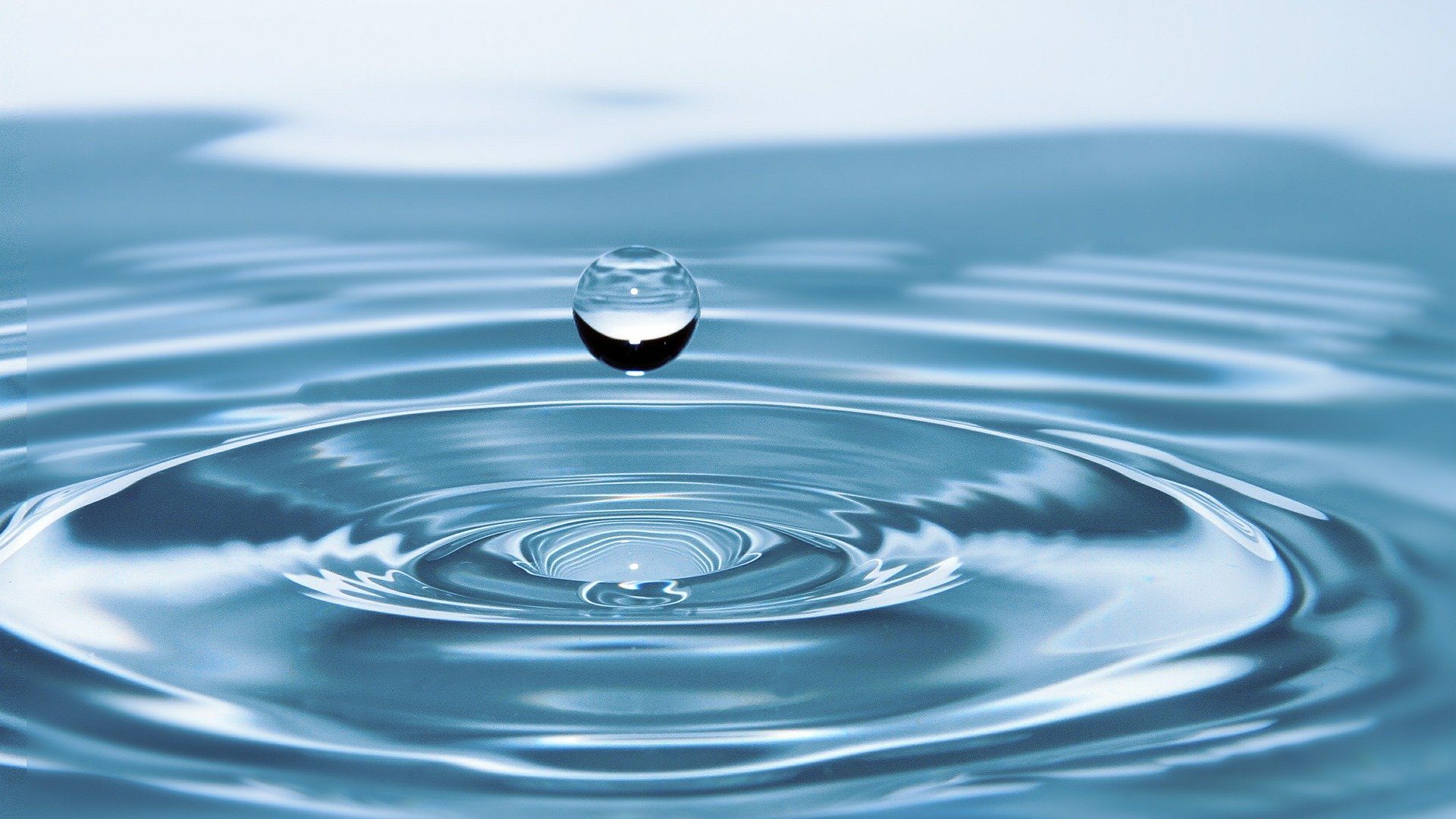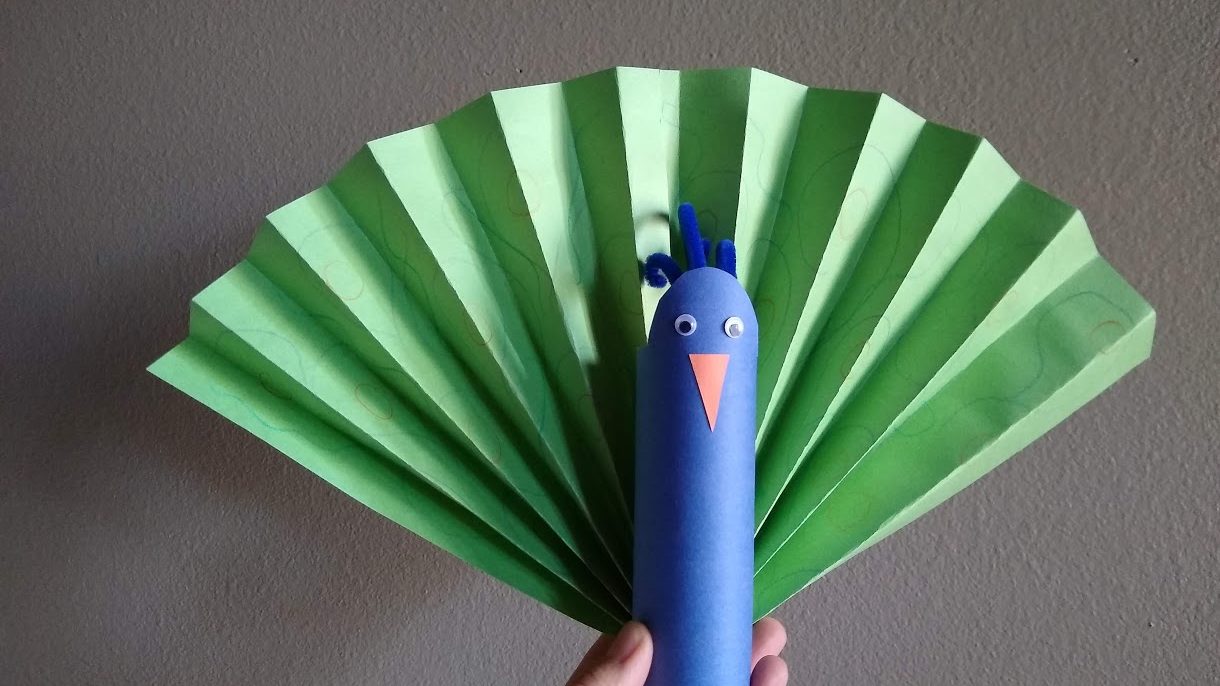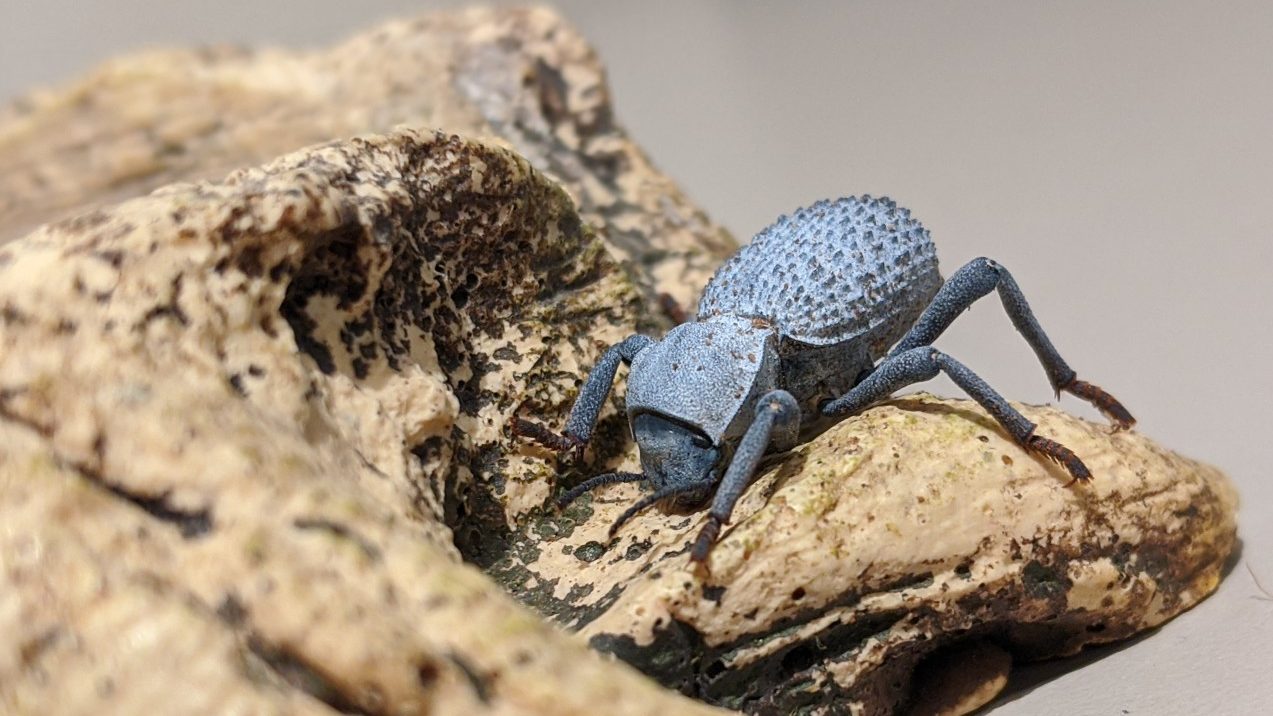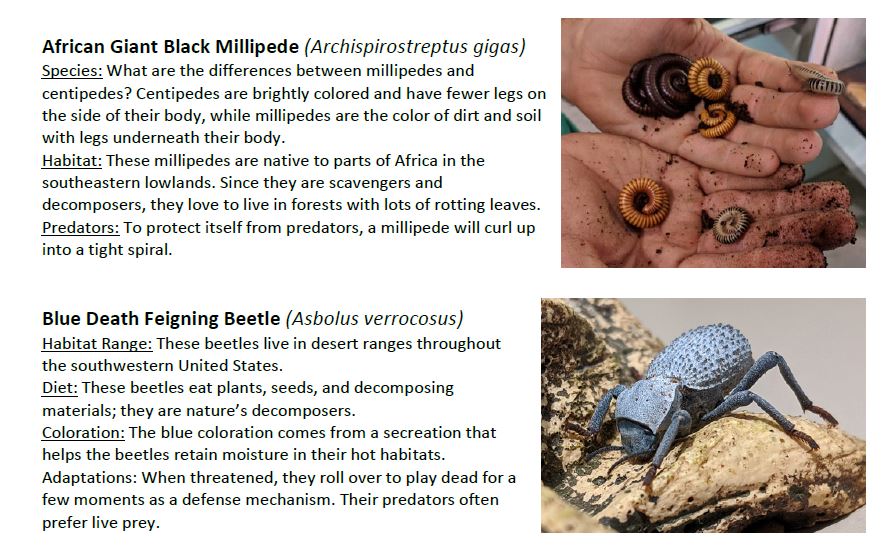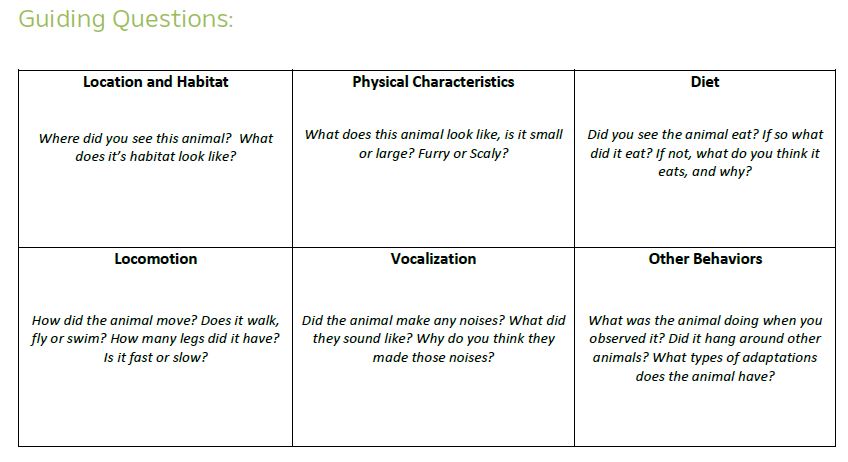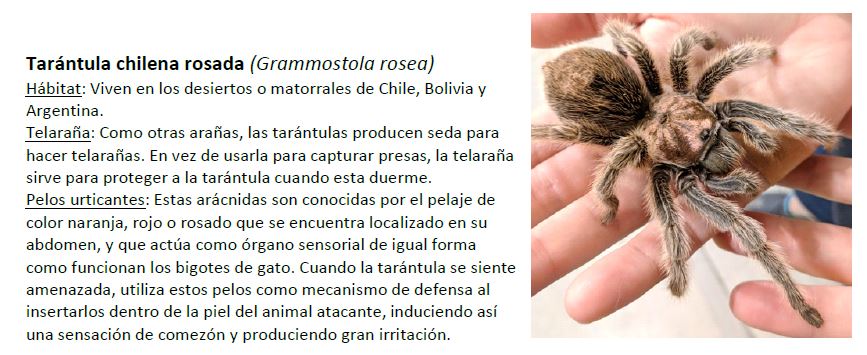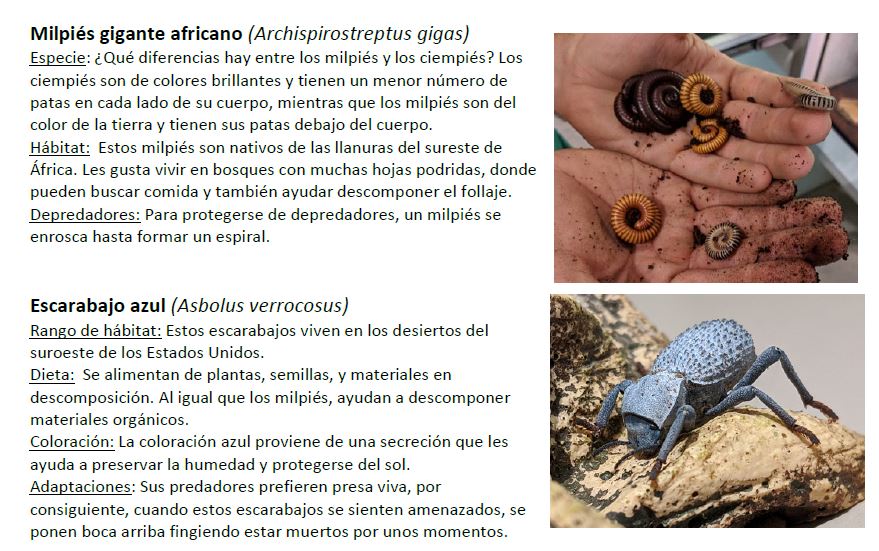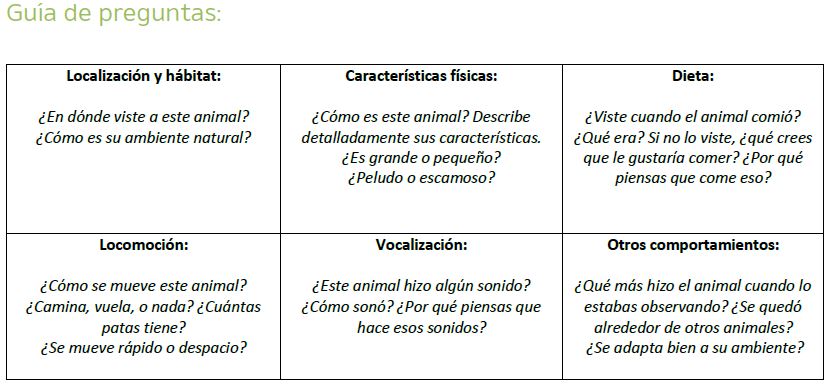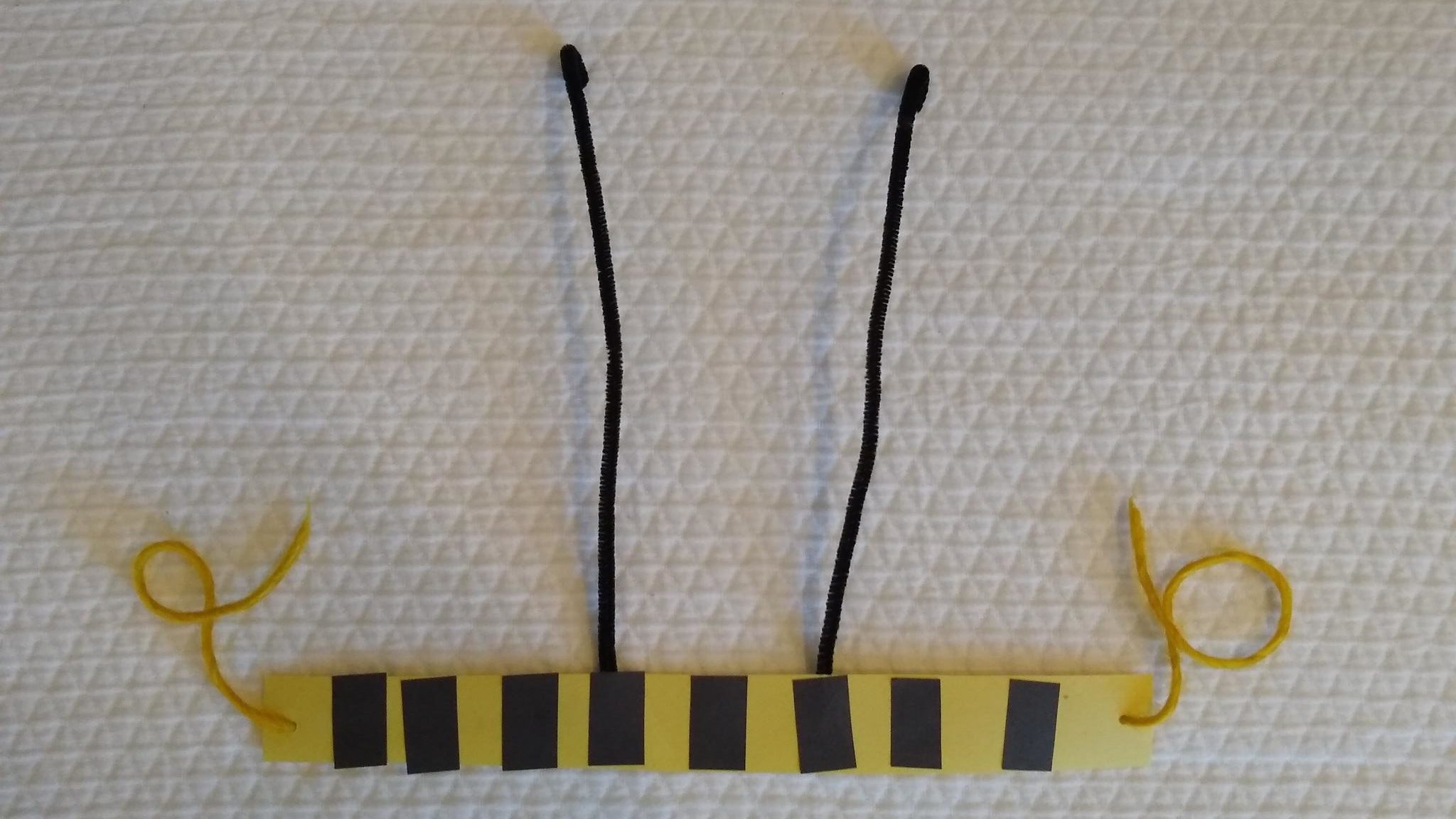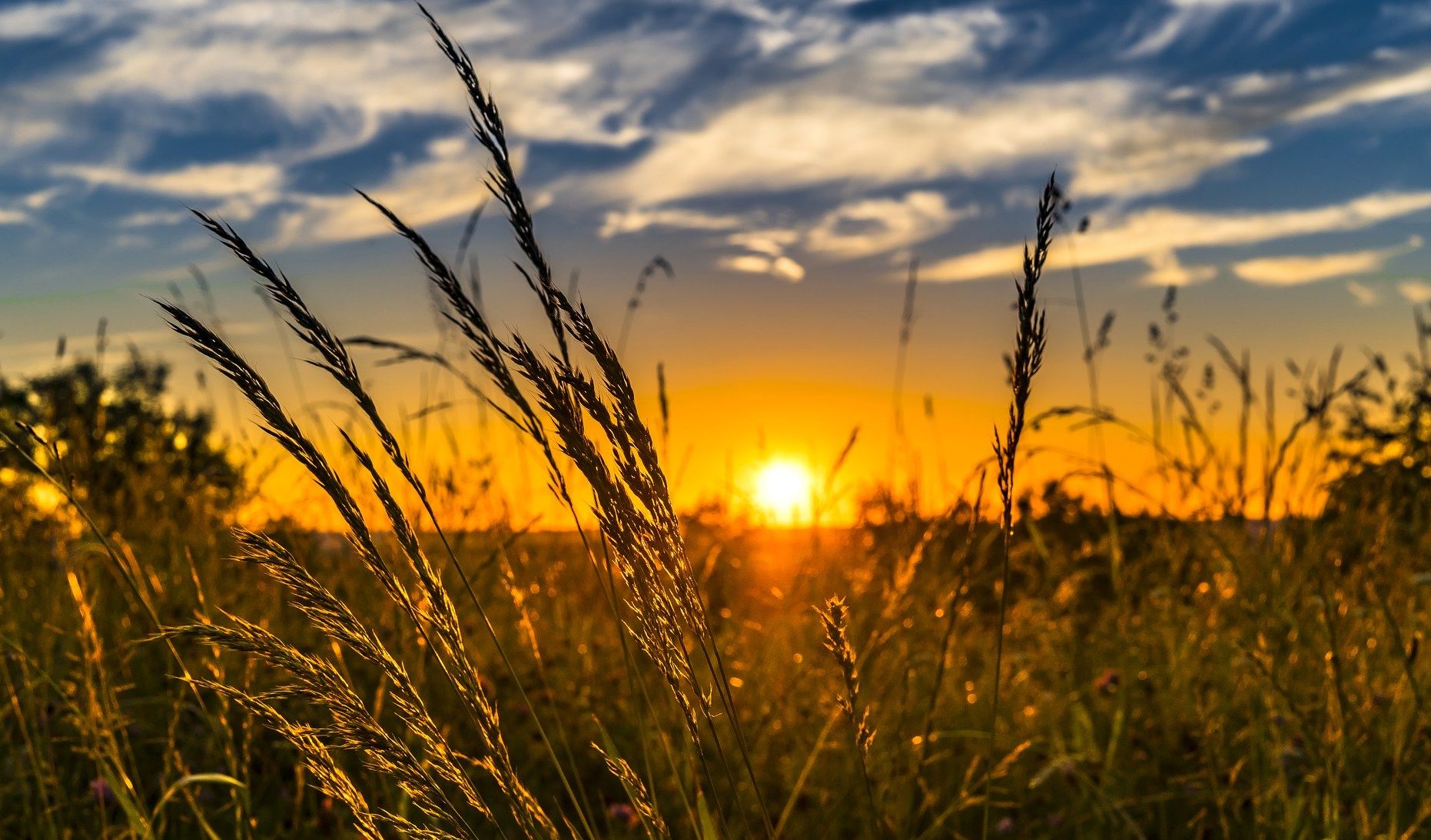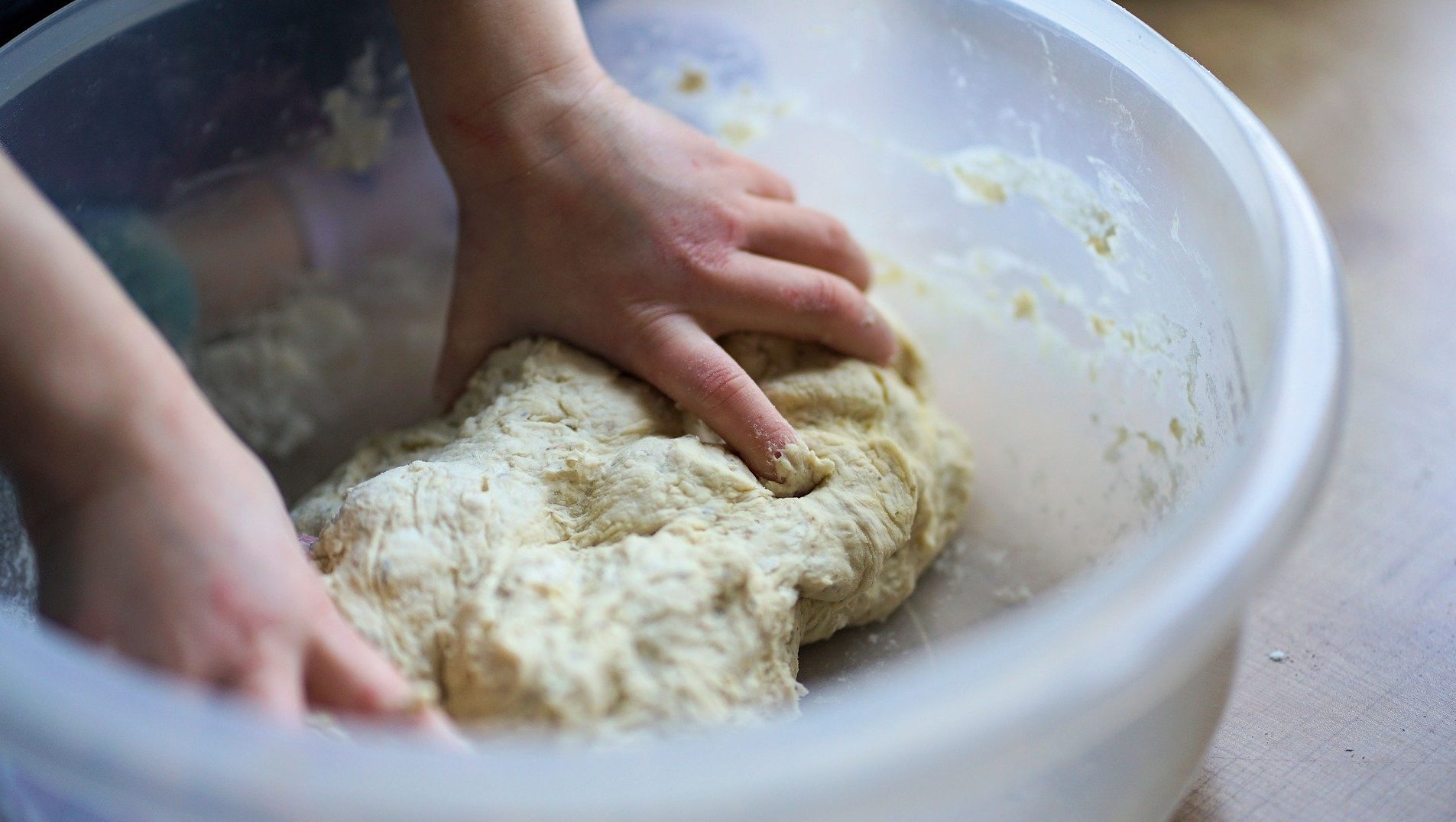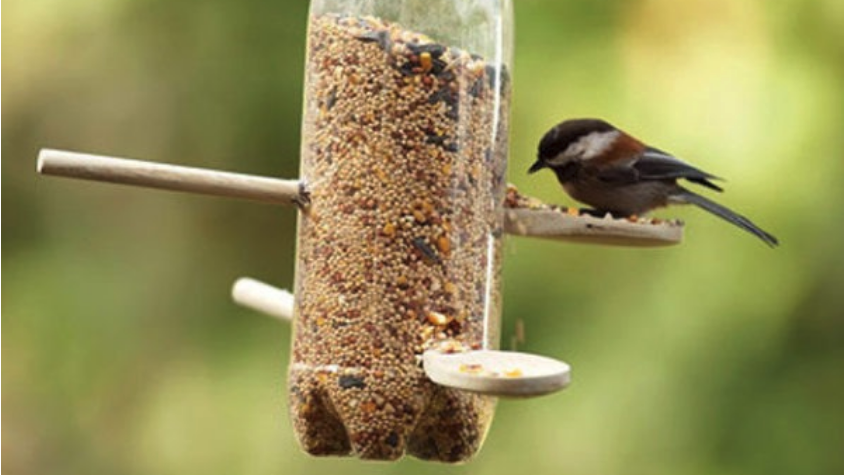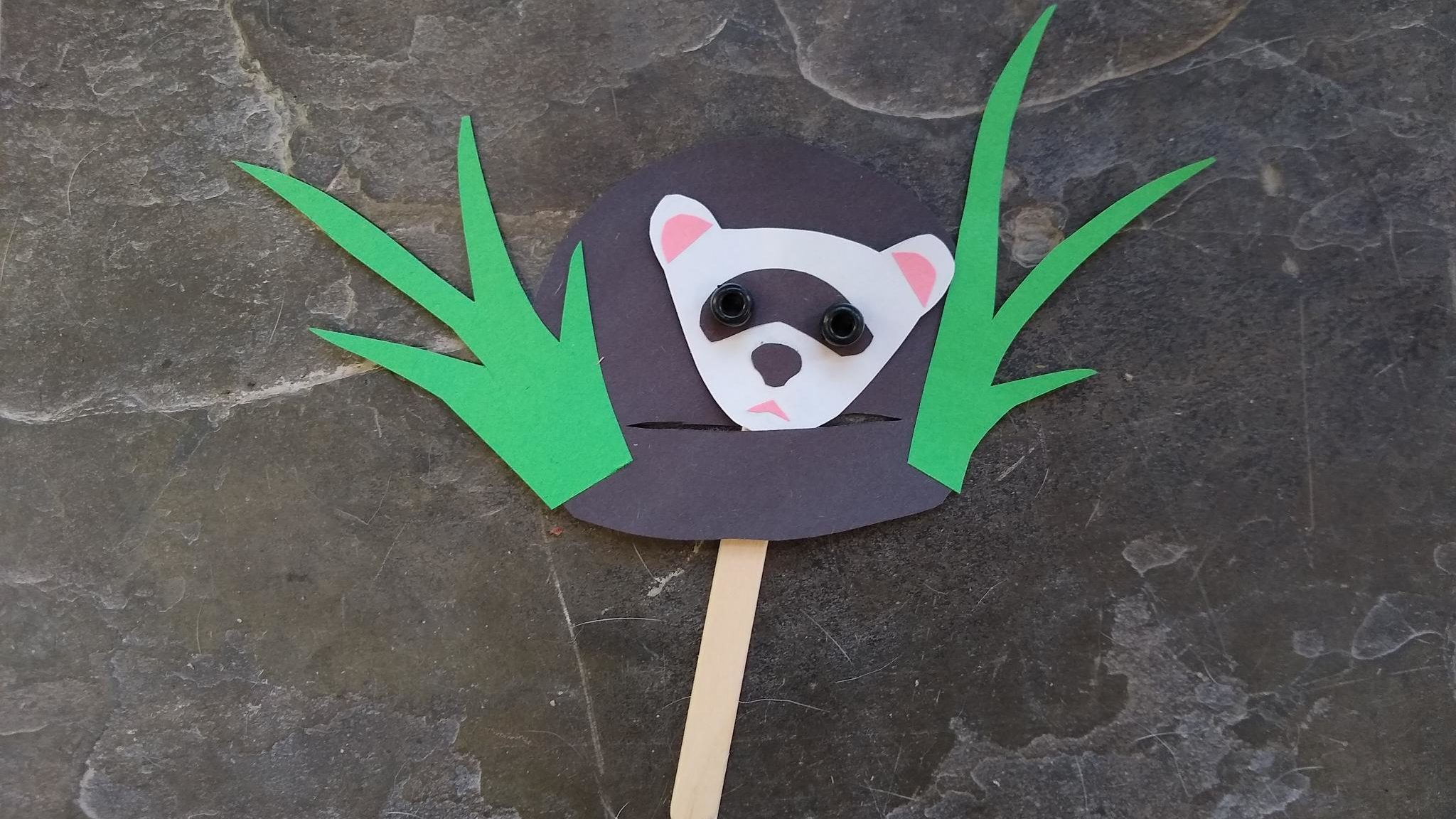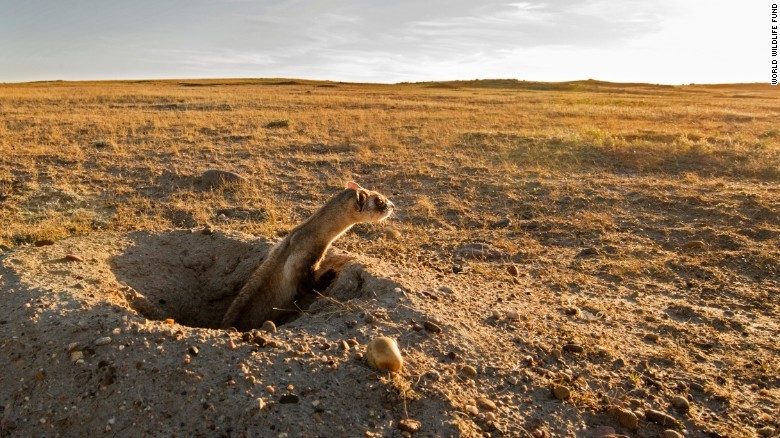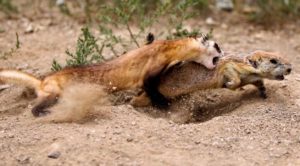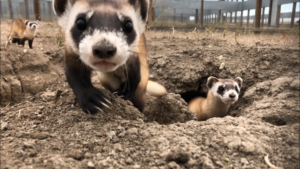Post written by Bella Harris, Discovery Agent.
Daily Discovery: Nature Among Us – Wildlife
Use your scientific skills to research city critters around Fort Collins! All you need is a camera, a pen or pencil, and a love for exploration to be a wildlife researcher. Below is a table to check off different wildlife sightings around Fort Collins. Try to find as many as you can! You can print this table or simply use it as an online guide. When you finish, share a picture of your table and pictures from your natural place adventures on our social media pages listed below!
Here are some recommendations for natural places to look for wildlife:
- Cathy Fromme Prairie Natural Area
- Cottonwood Hollow Natural Area
- Bobcat Ridge Natural Area
- Pineridge Natural Area
- Soapstone Prairie Natural Area
- Check out here for more natural places to explore!
Before completing this worksheet, we welcome you to fill out a quick survey so we can learn more about your interests and how we can better adapt future programs!
Instructions:
- Put a check by every animal you find! Or fill out your own wildlife discovery at the bottom of the table. You can also document your discoveries on a piece of paper.
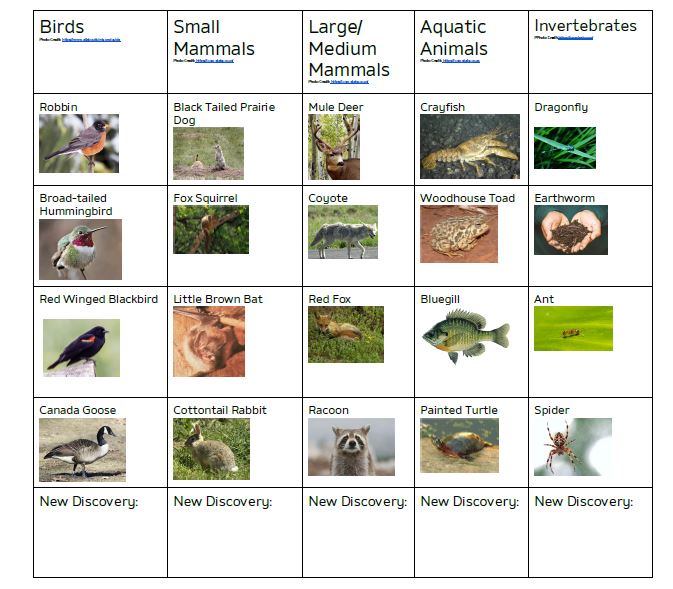
Please take about a week to fill out this worksheet. When you have completed as much of the table as possible, please take a photo of it! Be sure to photograph your exploration throughout natural places in Fort Collins, too!
You can upload your photos and share your adventures on the museum’s Facebook page. When creating your Nature Among Us post, please include a photo of your wildlife chart/list, photos of the natural places you visited, and a short description of where you went, what you saw, and how many times you explored. And don’t forget to use the hastag #NatureAmongUs! You can also email your research results to Bella Harris.
Each week, we’ll highlight the work you have done! Stay tuned for next week’s Daily Discovery, where we will explore leaves and other green things in Nature Among Us: Plants.
Want to download these directions? Click here for a handy PDF!
Follow along with our Daily Discovery! Click here for all activities that you can do at home.
Learn more about local wildlife!
Traducido por Károl de Rueda y Laura Vilaret-Tuma.
Descubrimiento en casa: La naturaleza entre nosotros – la vida silvestre
¡Usa tus habilidades científicas para investigar animalitos que viven en tu área o en los alrededores de Fort Collins! Solo necesitas una cámara, algo para escribir, y el entusiasmo para explorar y convertirte en un/a investigador/a de la vida silvestre. Debajo encontrarás una tabla para marcar avistamientos de animalitos salvajes a tus alrededores. ¡Intenta encontrar tantos como puedas! Imprime esta actividad o simplemente úsala como una guía. Cuando termines, ¡comparte fotos de tus aventuras en nuestras redes sociales!
Les recomendamos estos espacios naturales en Fort Collins para buscar fauna silvestre:
- Área natural de la pradera de Cathy Fromme (Cathy Fromme Prairie Natural Area)
- Área natural hueca de álamos (Cottonwood Hollow Natural Area)
- Área natural de Bobcat Ridge (Bobcat Ridge Natural Area)
- Área natural de Pineridge (Pineridge Natural Area)
- Pradera de piedra de jabón (Soapstone Prairie Natural Area)
- Haz clic en el enlace https://www.fcgov.com/naturalareas/ ¡y encuentra más espacios naturales para explorar!
Antes de completar esta actividad, te invitamos a llenar una breve encuesta en tu propio idioma. Con tus respuestas, aprenderemos más sobre tus intereses y sobre las diversas formas en las que podríamos adaptar nuestros programas y actividades en el futuro. ¡Muchas gracias!
Instrucciones:
- Marca cada animal que veas. Si te topas con algún otro que no se encuentra en esta lista, puedes nombrarlo en los espacios de “nuevo descubrimiento” al final de la tabla, o también puedes documentar estas aventuras en cualquier hoja de papel o cuaderno.
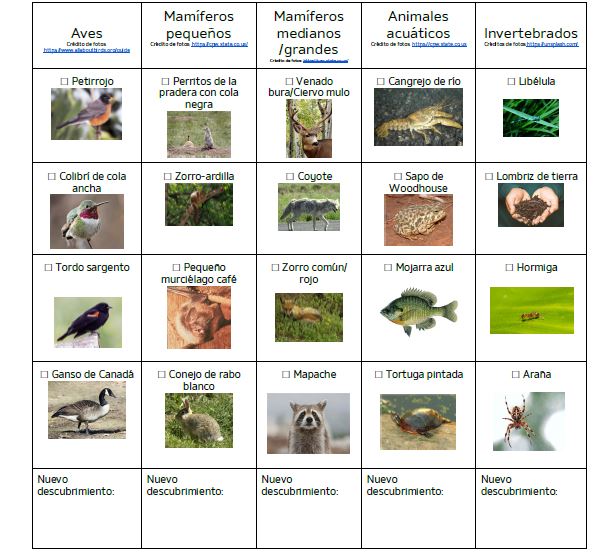
Podrías completar esta actividad durante el curso de varios días. Cuando hayas terminado la mayor parte de la tabla, tómale una foto. También asegúrate de fotografiar tus exploraciones en los varios espacios naturales que visitaste en Fort Collins. ¡Sobre todo si viste alguno de estos animales!
Puedes subir tus fotos y compartir tus aventuras en nuestra página de Facebook. Cuando estés escribiendo tú publicación, por favor incluye los resultados de la tabla más arriba, una pequeña descripción sobre los lugares a los que fuiste, lo que observaste, y el número de veces que visitaste un espacio natural. Podrías utilizar la etiqueta #NatureAmongUs. Si quieres, también puedes mandar tus investigaciones por correo electrónico a Bella Harris.
Durante cada semana, estaremos presentando estos trabajos ¡incluyendo el tuyo! a través de las redes sociales.
Mantente sintonizado con nuestro próximo Descubrimiento en casa, titulado “La naturaleza entre nosotros: las plantas,” donde observaremos las hojas y otro follaje verde.
¿Te gustaría descargar esta actividad? Haz clic aquí para obtener un archivo PDF.
Para encontrar actividades, ideas y mucho más descubrimiento en casa, ¡síguenos!

